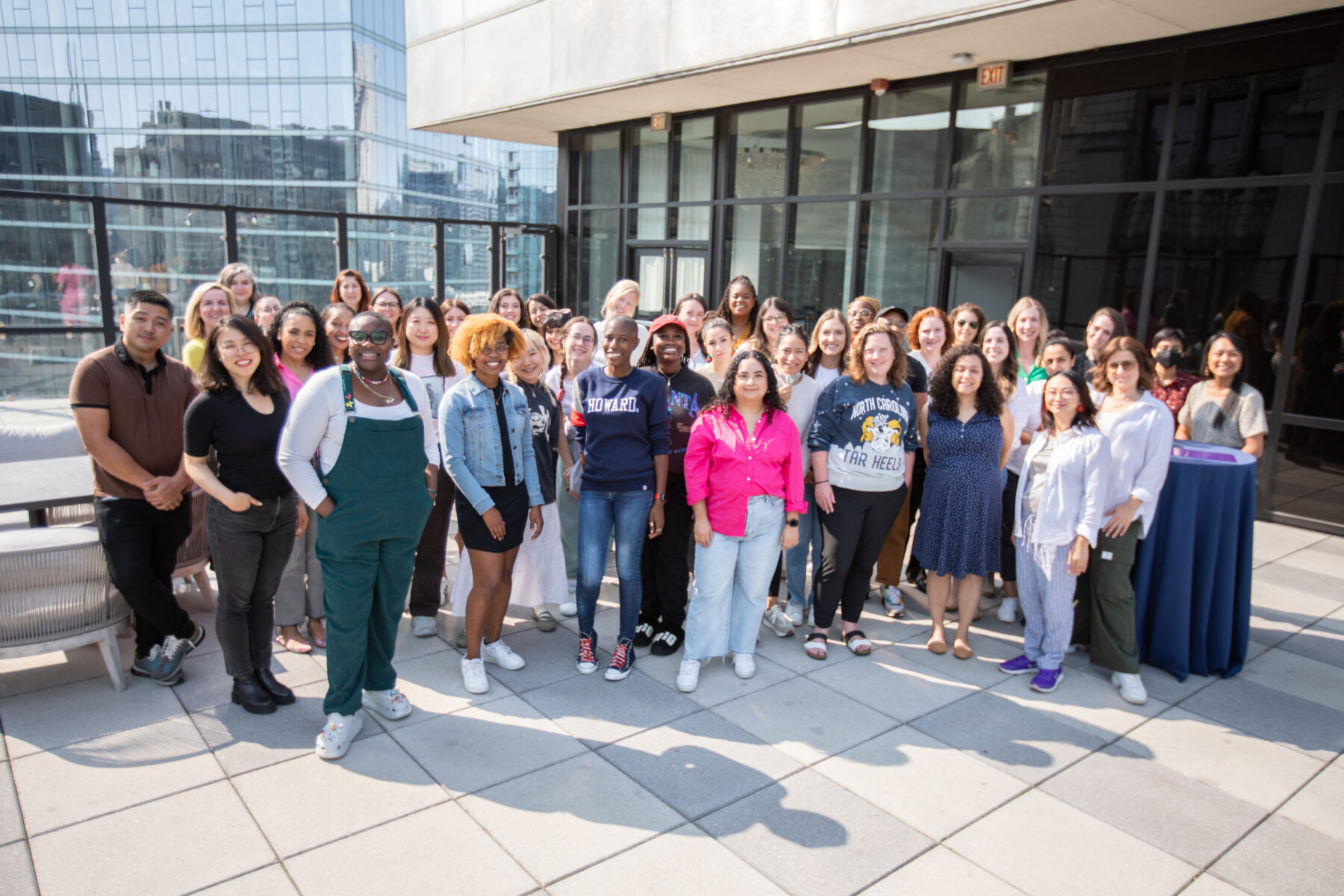
Like many things, the pandemic disrupted an already fragmented media landscape. Having long relied on ad revenues, many legacy media outlets suffered mass layoffs over the past few years. Independent publications have emerged to fill in gaps, pairing incisive beat reporting and commentary with innovative audience engagement strategies. In return, they’ve gained loyal, niche audiences.
Two fast-growing areas in independent journalism are Substack newsletters and nonprofit newsrooms. Paid subscriptions to the former grew from 50,000 to 2 million over the past three years, while the latter grew by 17% last year alone. Their successes attest to the public’s evolving news-consumption habits and increasing appetite for alternative voices from mainstream media sources.
Ahead of NBCU Academy’s Next Level Summit, “Know Your Audience,” on Oct. 19, several nonprofit outlets and independent journalists shared their advice and challenges in growing their audience and delivering content to readers.
Research what your audience wants to know
The nonprofit newsroom The 19th News, which covers the intersection of gender, politics and policy, tracks audience growth not through page views but metrics like newsletter readers and Instagram engagements.
“We’ve tried to let go of the expectation that’s common in traditional media where you want people on your website as long as possible,” audience director Alexandra Smith said. “We look at depth, like if people visit our platforms more than once or sign up for direct updates or donate.”

Rather than from paid marketing or advertising, Smith attributed The 19th’s audience growth to organic social media and search traffic, as well as partnerships with outlets like PBS, Grist and Teen Vogue. To “meet readers where they are,” the outlet distributes its reporting through email newsletters, Instagram and republished articles on partner platforms. Smith said her team is also trying to develop a more robust community engagement strategy to build relationships with the communities they’re hoping to serve.
“Our storytelling and journalism centers marginalized and misrepresented people,” she said. “We keep a really sharp focus on what they need and want from us through qualitative and quantitative research and analysis.”
Audience research, Smith said, revealed that The 19th’ readers gravitate toward reporting that explores policy in the context of people’s lived experiences — an insight exemplified by a story showing how the closure of child care centers sent entire communities spiraling, and a feature on disability doulas helping newly disabled people navigate a challenging transition.
Since the start of 2020, Smith said, The 19th has seen an increase in diversity across all factors, including socioeconomic status. Women, nonbinary and transgender people make up 60% of readers, according to the organization’s most recent audience survey. To reach more male readers, The 19th has been researching issues that interest them, such as stories about allyship, Smith said.
Track search queries
At the nonprofit newsroom Prism, which reports on communities “most impacted by injustice,” Google searches are the largest traffic generator and a crucial audience engagement tool, said audience director Shabnam Banerjee-McFarland.
Her team tracks search terms and queries to gauge issues readers are most curious about, Banerjee-McFarland said. Top searched questions — such as “Should I join a union?” and “Are you trans if you have PCOS [polycystic ovary syndrome]?” — have formed the basis for widely read articles.
“This really centers the reader in crafting an editorial strategy,” she said. “In tracking the amount of questions coming in, we can ask, ‘Do we have reporting on this? Can we commission it if not?’ We can bring the reader into the editorial room.”

As an outlet led by women and journalists of color, Prism builds its audience strategy on its journalism, Banerjee-McFarland said. Reporters must first cultivate relationships with sources and develop a rapport with the communities they’re covering.
“Audience growth is coalition building,” she said. “There’s no amount of work we can do on the audience team if the trust is broken on the reporting side.”
Going into the 2024 presidential election, Prism is hoping to reach more readers by expanding its coverage on politics and democracy, Banerjee-McFarland said. There are separate verticals on hot-button election issues, including policing, unionization efforts, reproductive justice and gender-affirming surgery. The audience team is also thinking about intersectionality and how to reach groups like Black workers’ rights organizers who are advocating against anti-Blackness in unions.
“We want to make the case that political action is an everyday experience,” she said. “We are activating people who want to make a difference by voting.”
Advertise in related content
Isaac Saul, founder of the nonpartisan political newsletter Tangle, credited quick, organic traffic growth to word of mouth, article sharing by media personalities and the “network effect.”
“We started doing more advertising in other newsletters,” he said. “Newsletter readers are more likely to subscribe to other newsletters.”

Saul launched Tangle on the publishing platform Ghost in 2021. Since then, the newsletter has gained 11,000 paying subscribers who generate close to $600,000 in annual revenue, which covers salaries for all four people Saul has hired. (Tangle has a total of 65,000 readers on its mailing list.) The company’s advertising arm, by contrast, brings in only about a tenth of its subscription revenue.
Saul said he initially thought Tangle would attract mostly political moderates. But over time, internal surveys have shown an increasingly diverse web audience. More than 40% of Tangle readers are liberal, 30% are conservative and a quarter are independent. Each faction is drawn to the newsletter for different reasons, he said: Conservatives read it because they’re distrustful of mainstream media, liberals read it as an “intellectual exercise” to understand how conservatives think. Moderates, meanwhile, just appreciate balanced reporting.
With nearly two-thirds of Tangle’s newsletter readers over age 50, Saul said it has been more challenging to bridge the age gap. He started a YouTube channel last year to reach millennials and Gen Zers.
“The younger generation are more malleable in their news habits,” he said. “They’re the next generation of voters, so I want to meet them where they are, which is video streaming platforms.”
Convert your social media following
After losing her newspaper job in 2020, Iowa journalist Lyz Lenz leveraged a $60,000 grant from Substack into a newsletter with more than 35,000 paying subscribers. Men Yell at Me, which explores politics and personhood in a red state, now draws more traffic per day than the publication she previously wrote for.

“Something I noticed in 2020 was that Twitter is not going to be around forever,” she said. “So I was trying to figure out, ‘How do I convert the people who follow me on Twitter into a more lasting audience?”
Lenz and several other newsletter writers created a Discord group chat to share story ideas, compare paywall rates, analyze traffic stats and recommend each other’s articles — a form of networking that’s crucial to audience engagement. Another vital step is establishing a publishing calendar: Lenz publishes an in-depth column every Wednesday and a lighter post every Sunday. She’ll preschedule her posts or commission a guest writer before taking vacations.
But she said the most important lesson she’s learned in the past three years is to have fun.
“It never hurts as a writer to create your own space and audience,” she said. “If you’re bored, your audience is bored.”



